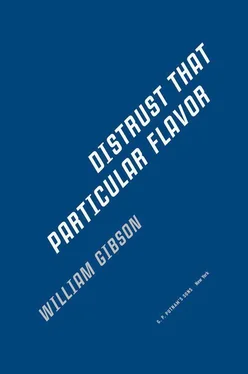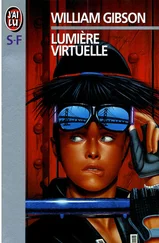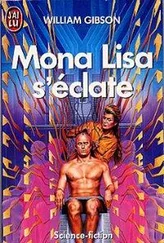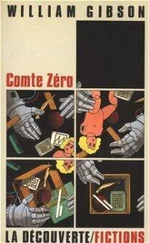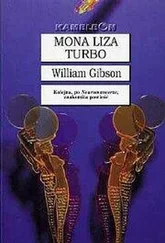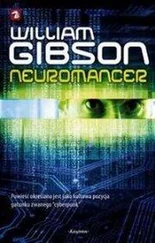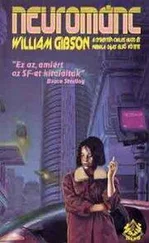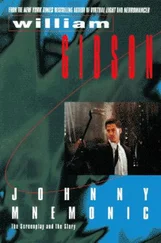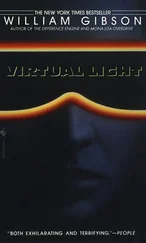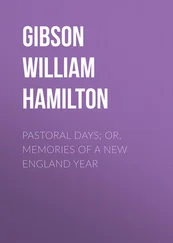One afternoon, alone, I sought out a rumored display of manuscripts and other Borgesiana, in a hall on an upper floor. Finding this, I discovered that these objects were displayed beneath glass, but a glass treated in such a way as to approximate the effect of the onset of his glaucoma. They were visible, these relics, only narrowly, and in a way that imposed a painful and awkward dance of the head if they were to be studied closely. I remember the peculiarly childlike slope, from left to right, of a handwritten manuscript page, and the delicacy of a red-lacquered miniature Chinese birdcage, the gift of a poet friend.
I went out walking, then, after having been invited to meet later with Alberto Manguel in a bar on La Rambla, the only person I’d ever met to have actually known Borges. Manguel, when I had first met him, a decade before, had told me that he himself had met a man who had known Franz Kafka. And what had this person had to say about Kafka, I’d asked? That Kafka, Manguel had told me, had known everything there was to know about coffee. But now I could no longer remember if Manguel had had any information of that sort to impart about Borges, and I reminded myself to ask him, when we met.
Walking through Plaça Catalunya, I discovered a recent monument to some martyred Catalan figure in the civil war. It was grim, this monument, and terribly striking, a monolithic flight of granite stairs, tilted unnaturally, impossibly forward upon themselves, into the horizontal. A negation of what stairs are, and of flight, and of a life, aspiration. I stood beside it, shivering, trying to puzzle out the inscription. Failing to do so, I walked on, into La Rambla. And eventually met Manguel and his friends. And in the course of discussing his new place in the country, in France, forgot to bring up Borges.
A few days later, at home in Vancouver, I sat at my computer, watching live feed from a video camera positioned somewhere high on the side of a building, overlooking Plaça Catalunya. And on my screen was that terrible monument, the granite stairs, impossibly rotated, mute symbol of negation.
And beside it a man, wearing a brown coat, not unlike the one I had worn, standing. Attempting to puzzle out an inscription.
I was abetted, in that moment, by technologies Borges, our heresiarch uncle, with his doctrines of circular time, his invisible tigers, his paradoxes, his knife-fighters and mirrors and dawns, had no need of. And in that moment, as you will soon know if you are fortunate enough to ignore the awkwardness of our meeting here, and to enter that which awaits you, I knew myself, once again, to be within the labyrinth.

A ridiculously unearned honor, to be asked to do this. I’m still embarrassed.
HONK IF YOU LOVE BORGES read a bumper sticker my editor once sent to me. I do.

Metrophagy: The Art and Science of Digesting Great Cities
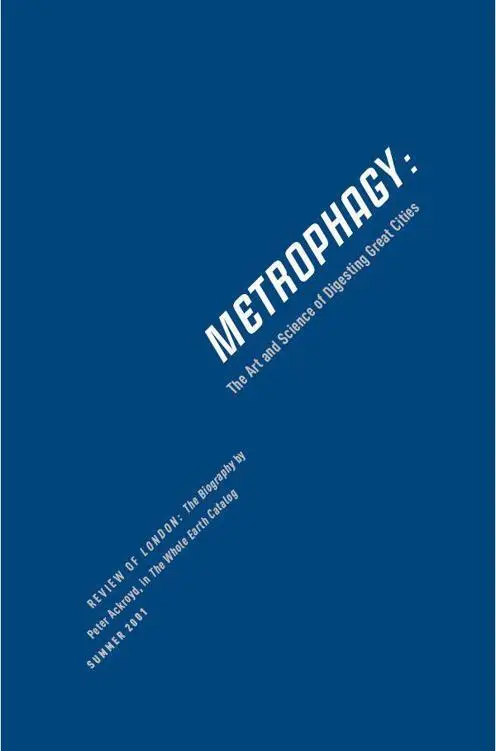
LITERARY FORMS ARE TOOLS, and genuinely new ones are few and far between.
I believe that Peter Ackroyd has invented a genuinely new one with London: The Biography , although I would hesitate to give him sole credit for the perfected form.
There has been a vast, multiauthored, peculiarly specific “London Project” rather cryptically under way for the past decade or so, in London, and Ackroyd of course has been central to that, with works like Hawksmoor, The House of Doctor Dee , and Dan Leno and the Limehouse Golem .
But these books arise from a substrate of more singular and less popularly visible literature: from Iain Sinclair’s poetry ( Lud Heat, Suicide Bridge ), novels ( Downriver, Radon Daughters ) and superbly hallucinatory London-based nonfiction ( Lights Out for the Territory ), and from the obsessively detailed graphic-novel Ripperology of Alan Moore’s From Hell . (Somewhere deep at the heart of all of this accumulated New Wave Londonology dwell the tygers and angels of William Blake, himself an artificer of what we would call graphic novels, were they to be produced today.) These are all works which attempt to re-Braille the Borgesian labyrinth that is London and its history, while regarding that retouching, that induction of the “return of the reforgotten,” as a heroic and somehow utterly crucial project in and of itself.
I have been a keen visitant to this London Project almost from its start, as the enigma of this mysteriously “unknowable” city has been with me since I first went there in my early twenties. The paradox of this vast human settlement, this text laid out in the one human language I have immediate and effortless access to, yet which remains somehow resolutely “closed,” has troubled me quietly and constantly, and I have returned there more repeatedly, and more determinedly, than to any other world city. Looking, always, for some key, some Rosetta stone.
I began to find that key, it seemed, in the Nineties, in Iain Sinclair’s work, with its weird cod-occult forays into urban ley lines and secret centers of ancient and nameless power. Sinclair’s almost autistic vision cut down into the very magma of the thing, providing handles for what had previously seemed unimaginable, unmanageable.
But Sinclair’s faux Lovecraftian subtexts, like Moore’s blood-drenched conspiracies in From Hell , finally lose traction in the way that all conspiracy theories do: The description of an underlying, literally occulted order is invariably less complex than the surface reality it supposedly informs. Conspiracy theories and the occult comfort us because they present models of the world that more easily make sense than the world itself, and, regardless of how dark or threatening, are inherently less frightening.
Ackroyd, in London: The Biography , quite resolutely resists that, while continuing to generate a subtle and spooky and to my mind entirely genuine sense of the way that, when we examine London, we draw close to thrones and dominions — and not of the most obvious sort.
Each of the book’s seventy-nine chapters functions as a core-drill down into an extraordinary wealth of narrative, of voices, each chapter an exploratory essay assembled under a given rubric: women, riots, drunkenness, sacred sites, food, entertainments violent and otherwise, jails, music, plagues, murders, electricity, clocks, magic, lost rivers, the underground, the homeless, trees, the suburbs….
It is this simple structure that I believe constitutes a new form, as I know of no other work of urban history that functions in quite this way, or that delivers what this book delivers. Luc Sante’s Low Life comes to mind for New York, and Edward Seidensticker’s Low City, High City for Tokyo, with Seidensticker perhaps coming closest to Ackroyd’s accomplishment here: the presentation of a city’s wholeness and fractal history in the most purely organic terms. To possess this book, or rather to allow oneself to be possessed by it, is the closest literature can bring us to owning London.
And the London Ackroyd gives us partakes entirely of that from which it springs, so that we possess an “echoic” city, in which certain locales are subject to an ongoing relooping of narrative, as when the homeless shelter today beneath the very church eaves which sheltered the homeless of centuries ago. It is a city in which, he suggests, subjective time flows differently, from one area to the next, and may have come to a near-complete halt in others. It is a city in which the eternal suffering of the poor may perpetually serve some mysterious and driving purpose in the life of the whole, some hidden dynamo of torture and sacrifice dating back to something stranger and less easily articulated than the hungry ghosts of Hawksmoor .
Читать дальше
